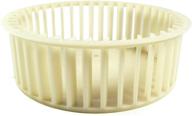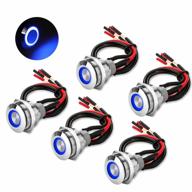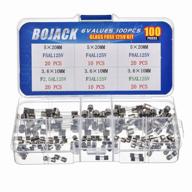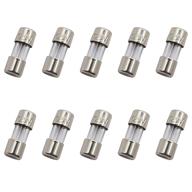
Review on BTS7960 Driver Module 🔌 for Arduino: Reliable Current Control Solution by David Dortch

For the price I am VERY satisfied! Definitely replaces L298N
Failed to load media. We needed something with a higher amplifier power than the L298N, paralleled and at the same time cheap. Short answer: For me it has definitely replaced the L298N. Not only does it have very similar controller integration, but it also doesn't have the large voltage drop that the L298N has! The only real downside compared to the L298N is that the BTS7960 is single channel. Used to upgrade 6V motorcycles powered by a 20V power tool battery with 6-8 FLA and 20 LRA at 10-12V. This fits without active cooling and long runtime. With the MCU, the voltage at the motor was limited (by PWM) to <12 VDC, measured to 1) limit the speed and 2) not immediately destroy a gearbox designed for 6 V. Also, a ramp has been added to minimize inrush current, transfer shock and sudden start experienced by the user with the original 6V circuit breaker. As mentioned, the package bent a few I/O pins, which isn't a big deal. Only complaint, 1 out of 2 units had stripped threads on a motor connector. I was going to solder the wires anyway so this worked for me. The other one was ok. Documentation is not included, but the pinout shown on the board matches that of other vendors. A simple Google search for the BTS7960 (or a functionally identical BTN7960) should turn up datasheets and some very helpful YouTube guides. A simple operational summary; Each enable pin must be high to move in either direction, and only one PWM can be active at a time, one for forward, one for reverse. Sending one PWM pin logic high and the other logic low is an easy way to act as a larger capacity contactor. When both PWM signals go high at the same time, the bridge closes; do not do that. Write your code so that it is easy to do when one signal is low and another is active. I haven't had a chance to study the current signal contact. Some references noted that it was an analog output for current monitoring when used with filtering, while others mentioned that it was a digital output signal pin only. I'll have to look into this in more detail in the future as my current use doesn't require use as the board has thermal overload built in. Lol, why are the "Transparency" and "Warmth" options for a star rating? So clean, so warm!
- Industrial Electrics
- High Price
New products
Comments (0)
Top products in 🔌 Electrical Controls & Indicators

🌀 NuTone 5901A000 Blower Wheel Assembly: Superior Efficiency and Performance

9 Review

TWTADE/AC 24V 10A Coil Electromagnetic Power Relay 8 Pins 2DPT 2NO+2NC With Indicator Light And Socket Base -YJ2N-LY

9 Review

MIDI keyboard Axelvox KEY49j white

22 Review

5Pcs 19Mm 12V 24V Waterproof Latching Push Button Switch With Wiring Harness And LED Indicator Light, Pre-Wired SPDT Self-Locking 4 Pin Marine Metal Switch For Boats Cars Trucks (Blue)

22 Review





